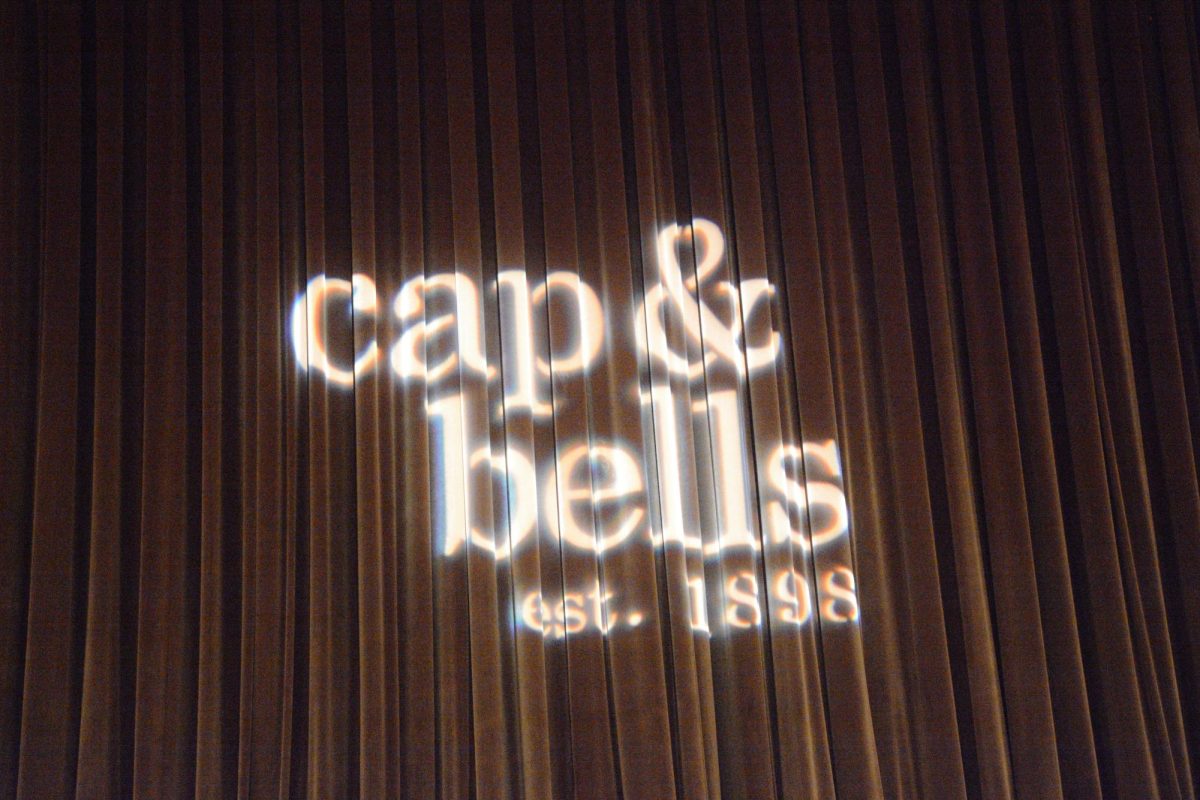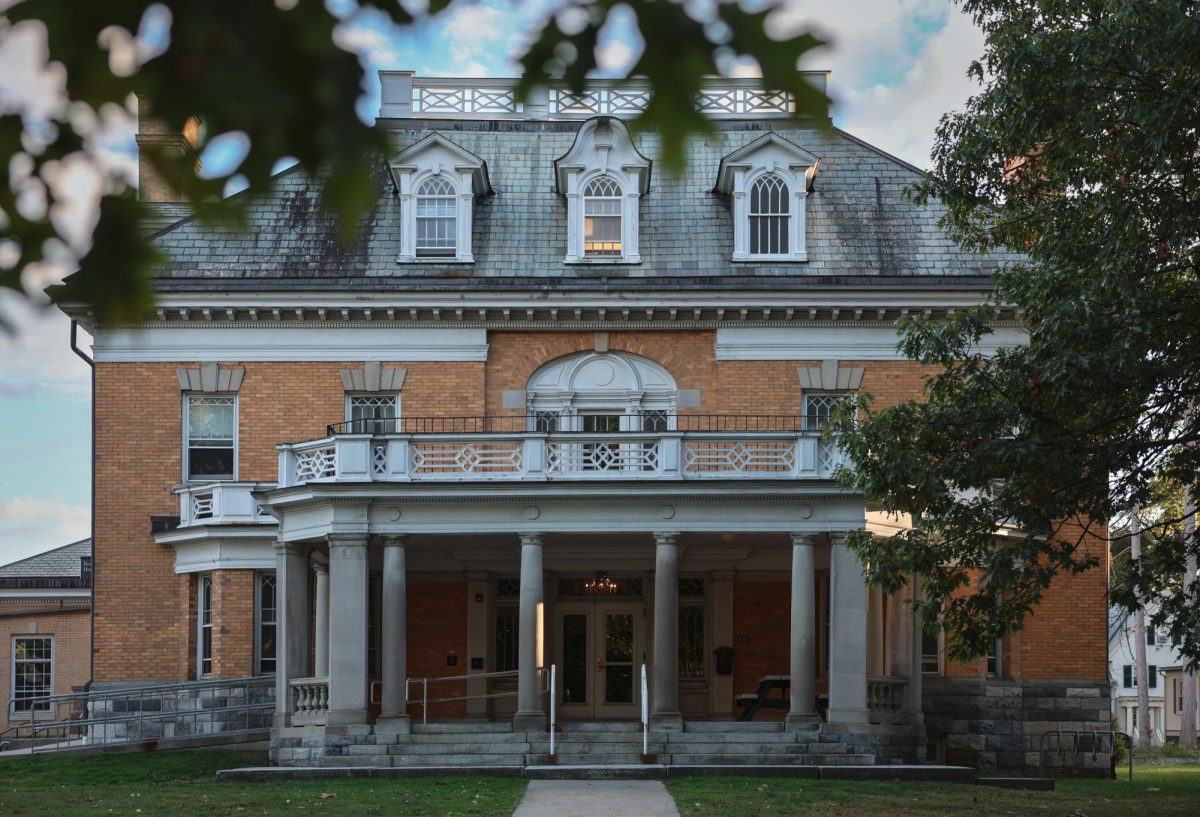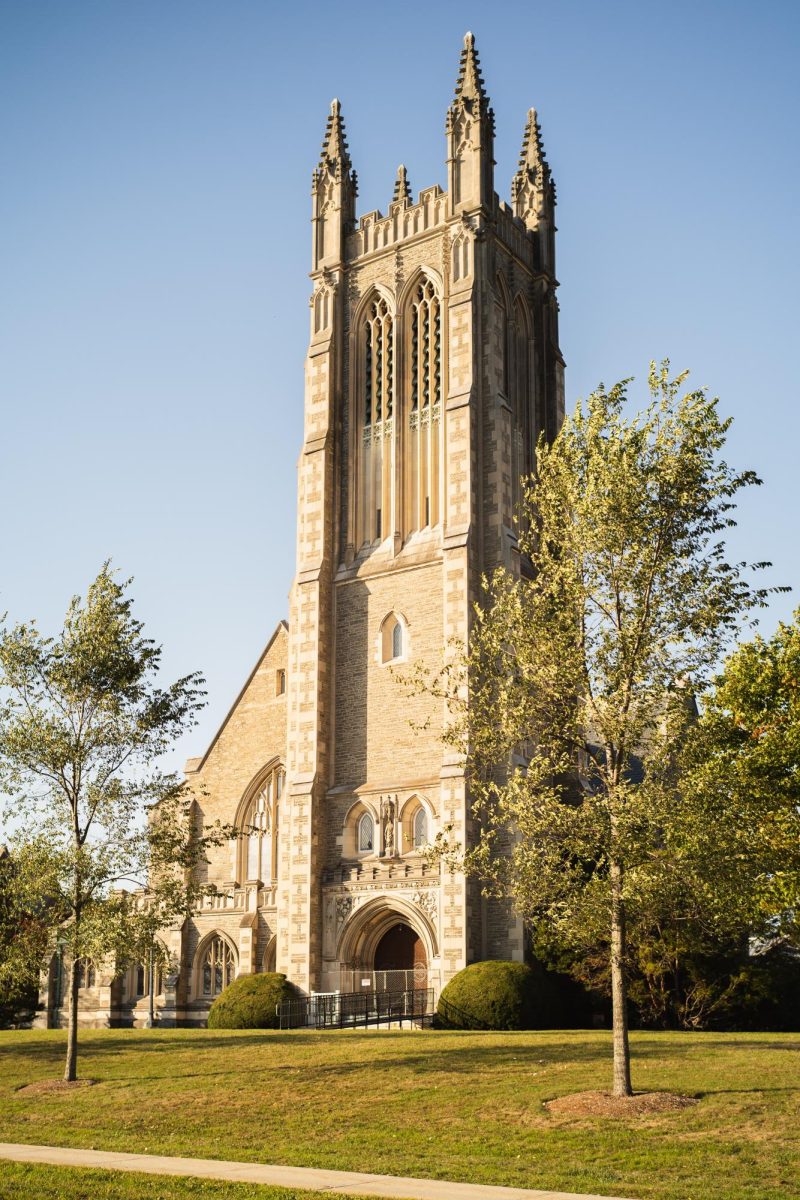On Sept. 7, the student body was sent an email containing an “unofficial resource guide” to life on campus. This guide, which was spearheaded by Eli Cytrynbaum ’20 and Katie Manning ’20 and included contributions from a wide range of past and present students, was designed to help others, especially marginalized and first-year students, navigate life on campus. “[T]he guide was created with the intention of supporting struggling students, especially first-gen [first-generation], PoC [People of Color], low-income, disabled, mentally ill, and/or first-year folks,” the email, sent by Cytrynbaum, said. “[H]owever, the guide is available for everyone and can be helpful for folks of all sorts of identities and backgrounds.”
The guide itself, which noted that it was “imperfect and incomplete,” provided information on campus resources, gave suggestions on how to combat common student difficulties and supplied names of students who were willing to provide assistance in specific areas. For students who chose to provide their names, the guide included a disclaimer at the bottom of each page to “[please] not use [these names] as a substitute for professional support; we can’t enable williams to rely on student labor.”
Topics discussed in the guide included anxiety and depression, sexual assault, financial aid and resources for marginalized groups. One section, entitled “who are these people you’re telling me to talk with???” contained assessments of a number of administrators that ranged from complimentary to quite critical. In addition, the guide contained links to additional resources, both internal and external to the College.
The version that was sent on Sept. 7 was the second iteration of the guide. The first version was sent in September 2017. The initial guide’s creation was led by Megumi Asada ’17 and Sarah Fleming ’17.5 and included input from a variety of students. In their email, the creators wrote, “This is the first guide in what we hope will be a series, each volume tackling a different set of common issues students might face at Williams.” Fleming’s own first year experience was key in her decision to spearhead the guide’s initial creation. “Williams has a lot of resources available to its students, but some of them can be really hard to find out about or navigate, especially as a first-year student,” she said. “I wanted to try to create a map of some of these resources, especially relating to mental health, chronic illness and taking time off. Basically, the goal was to produce a document that could point people to resources, provide some advice on how to use them and connect them to other students dealing with similar issues.” Fleming characterized the response to the initial guide as positive. “I sent the first one out as an all-campus email (after getting approval from the [College Council] presidents), and a number of people responded saying they really appreciated it,” she said. “Some also wrote back saying they would be interested in getting involved in expanding it.”
Though the updated version bears many similarities to the initial one, it is more ambitious and far-reaching in its topics. “This summer, Katie Manning decided to update and expand the guide to include resources for first-gen students, students of color, low-income students and more,” Fleming said.
The updated guide was met with controversy after claiming to have been endorsed by the 2020 Junior Advisor (JA) Class and the Minority Coalition (MinCo) steering committee. In a follow-up email on Sept. 9, the guide’s creators retracted the claim. “The JAs were not consulted in advance, and many JAs do not endorse all statements made in the guide,” Cytrynbaum and Manning wrote. “Neither MinCo nor the JAs were involved in the making of the guide. MinCo shares the aims of the resource guide in its support of marginalized students on campus.” In the same email, Cytrynbaum and Manning also apologized for using language in the guide such as “mentally ill folk” rather than “people who struggle with mental health.” Lastly, the email clarified its critiques of specific administrators. “We would like to make it known that these critiques are the experiences of certain students and do not reflect all experiences,” Cytrynbaum and Manning wrote.
Despite the retraction, some JAs were upset about the false endorsement. Many JAs shared their thoughts on the guide in a Record survey sent out to the JA class. “Having my name signed to anything without my explicit consent is unacceptable to me,” Alex Zilkha ’20 said. “I think the writers of the guide were well-meaning, but I disavow the final product put out to the student body.” Susana Cacho Lopez ’20 added, “I personally did not get asked about my thoughts about the guide or whether I agreed with it, so it bothered me how the authors of this guide said it was endorsed by the JA class because it truly wasn’t.”
Other JA criticisms of the guide were based on substance rather than the mistaken endorsement. In particular, several JAs criticized the guide for being biased or overly critical of resources or administrators. “Many resources have failed my friends and me during my time at Williams. But that does not mean that I would caution my freshmen against using them,” Megan Siedman ’20 said. “I wish the unofficial resource guide had worked to develop an objective list with a breadth of resources rather than their subjective opinions on a limited number of resources.”
“I appreciate what the creators of the resource guide were trying to do, but I’m concerned that the guide has spread a few individuals’ (anonymous) complaints about certain members of the administration throughout the student body in a way that might frighten first-years and others away from using the support systems that are available to them,” added Fi von Wingerden ’20. Ben Leary ’20 concurred, adding, “Denigrating valuable school resources based on a couple of highly subjective anecdotal experiences seems irresponsible.”
JA reactions to the guide were not entirely critical, however, and some found value in its opinionated nature. “I think that many of the particulars of the unofficial resource guide are unduly opinionated and perhaps unfounded, but I also think that this is the exact reason why an unofficial resource guide exists: to hear unfiltered, student opinions straight from students’ mouths,” Conrad Wahl ’20 said.
“The resources described [in the guide] do need a standardized place for students to look,” Nate Jones ’20 said. “There isn’t much point to having lots of resources for disadvantaged students when the process to receive them is so opaque that most students are unaware it exists.”
Cacho Lopez added, “[I] understand the concept behind it and fully support creating a guide aimed to support ‘struggling students, especially first-gen, PoC, low-income, disabled, mentally ill, and/or first-year folks,’ but I just think it could have been accomplished differently.” Jad Hamdan ’19 and Jesse Facey ’19, the co-presidents of the Junior Advisor Advisory Board (JAAB), declined to comment on the guide.
Rachel Bukanc, senior associate dean of the College, had a largely positive response to the guide. “As professionals whose mission is to support all students on campus, we are always interested in knowing more about what we do that is working well and what areas require more attention and change,” she said. “The unofficial guide also provides a lot of useful information about many of the specific supports and opportunities that our office (and others) provides for students. This guide is similar to those that students on many campuses are producing in the wake of the one at [the University of] Michigan that got a lot of headlines. Information about navigating the campus resource network is a good thing – we want our services to be as accessible as possible. The guide does a good job of highlighting the range of supports we offer.”
David Johnson ’71, associate dean of the College and dean of first year students, had a more mixed reaction to the guide. In the guide, he was personally accused of racism. “I’m disappointed that it has to be so personally hurtful in a way but, without names attached, I’m limited in what I can do in reaction,” he said. “I’m anxious to always do better, so I want to learn and grow. To be given a chance to do that by the student community is all I ask for. I love my job, and I’m going to continue to do it, and I feel like I’ve done a good job in 99 percent of the cases, so I’m not going to panic.” Speaking for the dean’s office more generally, he said, “Our office got identified in ways that I hope isn’t representative of the larger population, and if it is representative of a smaller group, we want to figure out how we can do better.”
MinCo co-Presidents Tyler Tsay ’19 and Rodsy Modhurima ’19 declined to comment, as did Cytrynbaum and Manning. Cytrynbaum did, however, fill out a survey on the record that elucidated both the accidental endorsement by the JA class and his personal motivations for contributing to the guide. “I intended to submit it as a daily message, which requires a sponsoring group, so I didn’t think that the groups would be displayed,” he said. “I picked these two groups, as members of both helped to write the guide. However, it was not at all intentional to claim their sponsorship in this public way.” He also expressed optimism that the guide’s overall message will prevail despite the controversy. “I really think the guide has the potential to be super helpful, especially as so many College resources are under-publicized and often only end up getting used by those who somehow have the connections and entitlement to take advantage of them,” he said.








